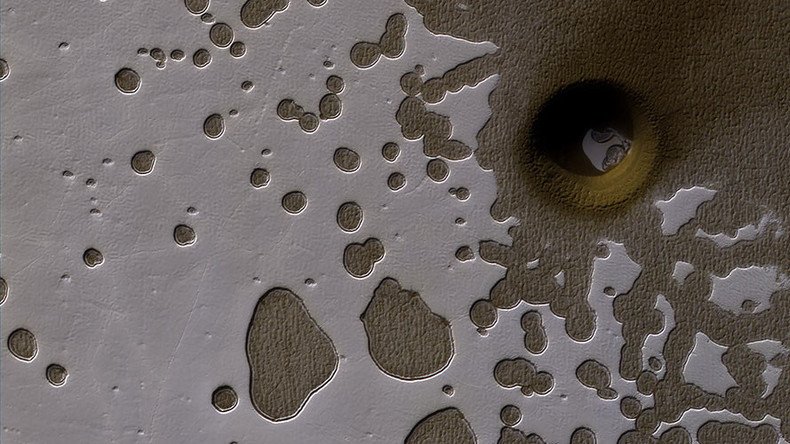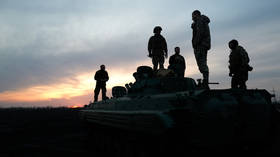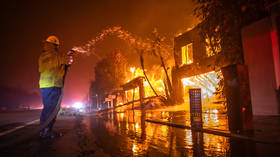Solar pit or impact crater? NASA can’t decide

NASA has released an image from its Mars Reconnaissance Orbiter that has stumped boffins.
The image shows the Red Planet's southern hemisphere in late summer, when the sky and subtle topography of the Earth’s nearest planetary neighbor is accentuated in orbital images.
The stunning pic highlights shallow pits in the bright residual cap of carbon dioxide ice, also known as “Swiss Cheese terrain.”
In the top right hand corner there is a massive pit... or is it an impact crater? Scientists just don’t know.
Mars ‘halo’ water revelation suggests bigger window for life on Red Planet – report https://t.co/i2OjXUHD89pic.twitter.com/XAWOMT4Kg1
— RT (@RT_com) June 1, 2017
NASA’s Mars Reconnaissance Orbiter was launched from Cape Canaveral in 2005 and, after a seven-month journey, it entered orbit around the desolate world.
The purpose of the mission is to study the history of water on Mars.
Its instruments zoom in for extreme close-up pics of the martian surface as well as analyzing minerals, searching for sub-surface water, tracing how much dust and water are distributed in the atmosphere, and monitoring daily global weather.
So far the Orbiter has sent back a host of stunning images.












